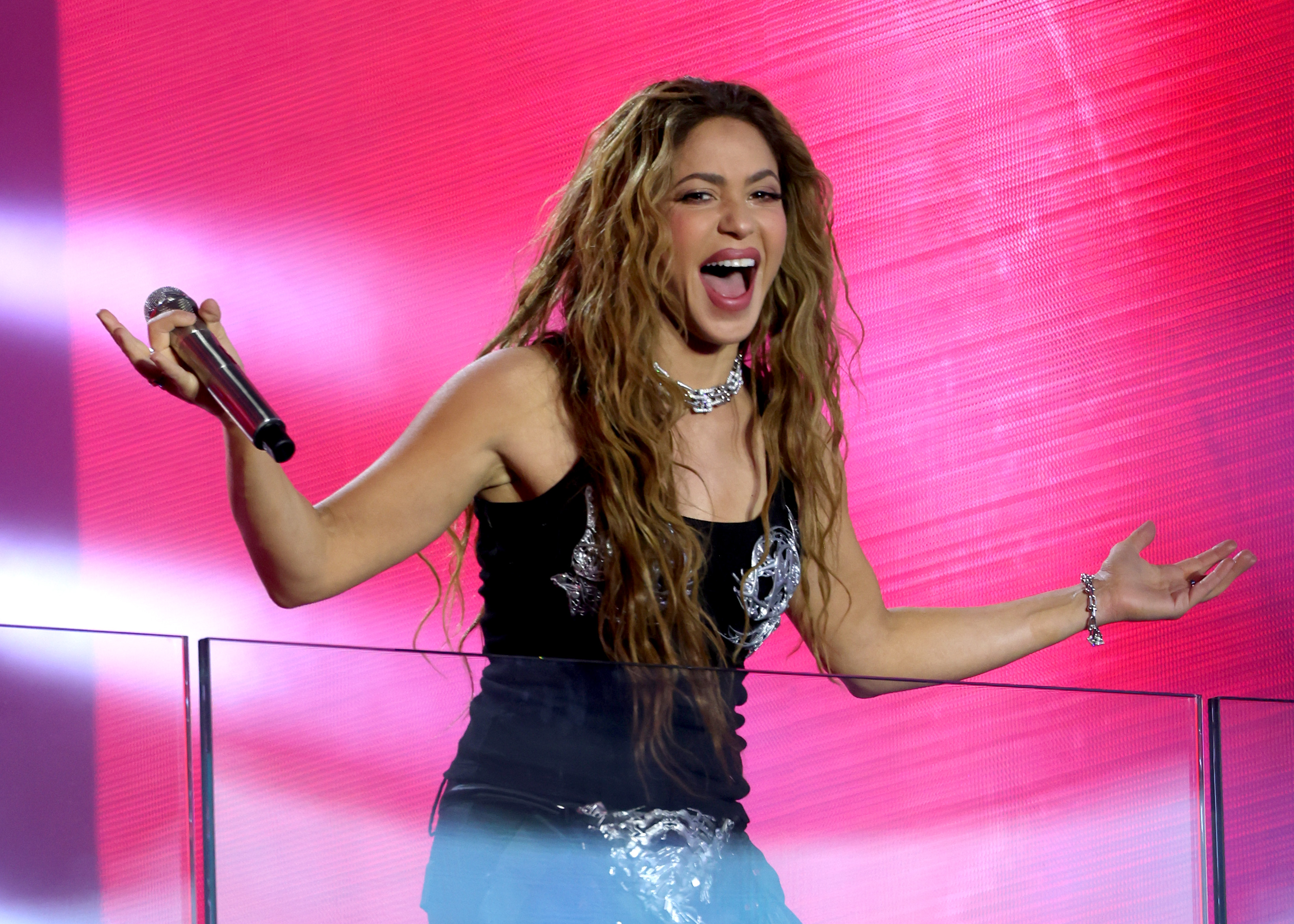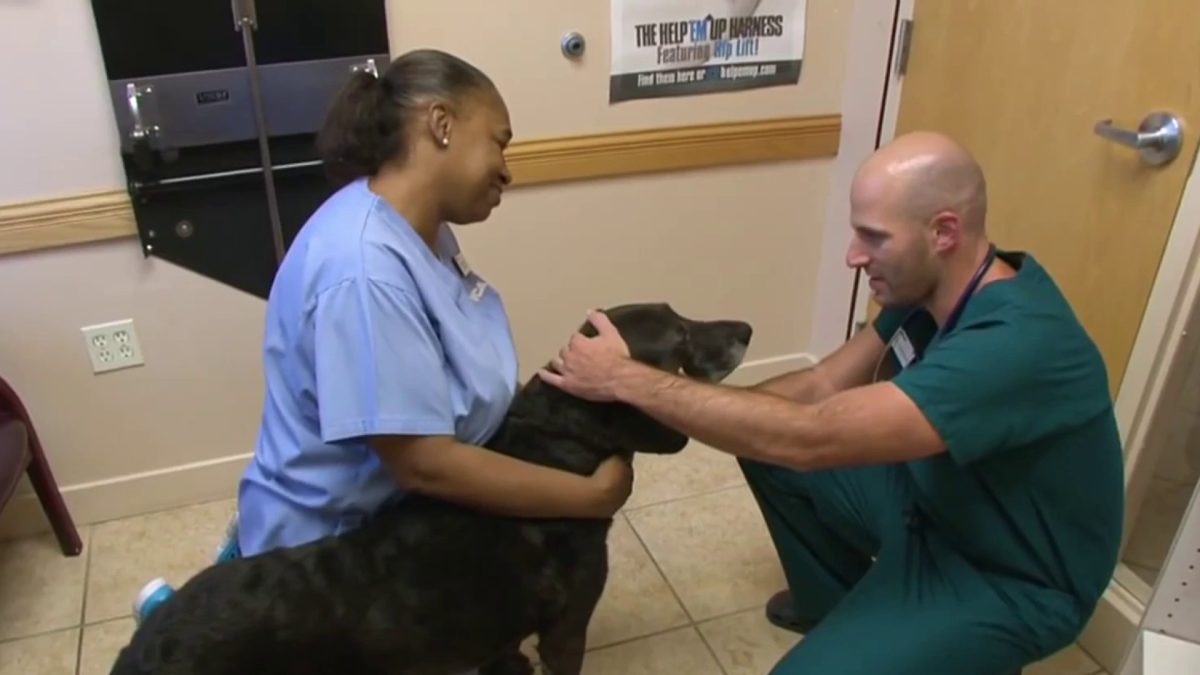Scientists say a massive 1,200-square-mile dead zone growing in the Chesapeake Bay may be one of the Bay's five worst ever.
When nutrient pollution washes into the Bay – we're talking lawn fertilizer, agricultural manure, sewage output, storm water – it fuels massive algae blooms visible from the air. The algae dies, sinks to the bottom, and bacteria break it down, sucking up all the oxygen from the water. The result – a massive region at the bottom of the Bay where the water smells like rotten eggs and nothing grows.
"You get an area that is – from a human standpoint – devoid of life," said Robert Diaz, professor at the Virginia Institute of Marine Science.
He said bacteria thrive but dead clams, worms and shrimp litter the bottom of the Bay.
"Enough to feed all the crabs in the Chesapeake Bay for a month," Diaz said.
Bruce Michael, with Maryland's Department of Natural Resources, said the dead zone this year is shaping up to be among the five worst.
"It stretches from around Baltimore Harbor all the way down below the Potomac into Virginia waters," Michael said.
Local
Washington, D.C., Maryland and Virginia local news, events and information
Driving it this year was a wet spring and early summer that sent a flush of rain and pollution into the Bay from land as far away as New York.
"We've seen an entire year's worth of flow from the Susquehanna River by the end of April," he said.
They'll know at the end of September just how bad this year will have been.
Listen to the complete story at wamu.org
Copyright 2011 WAMU 88.5 - American University Radio. All Rights Reserved.



